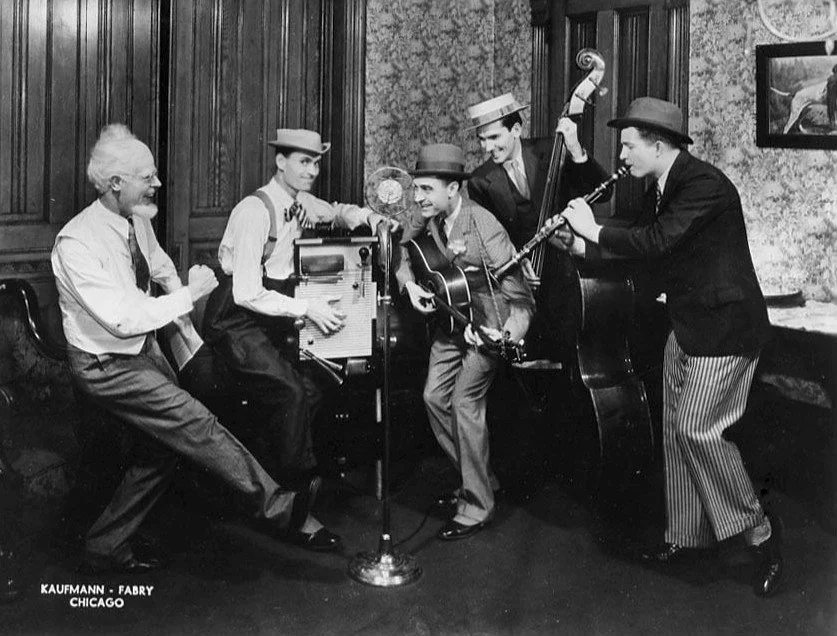18 September 2024
“Holy mackerel” is what is called a minced oath, a phrase where an offensive term is replaced with a non-offensive one. In this case, turning a potentially blasphemous utterance into a silly or humorous one. There are a number of “holy X” ones: holy cow, holy Moses, and holy smoke being common. Most of these holy oaths date originate in nineteenth-century America.
I recall the Batman television series from the 1960s (the best Batman) where Robin, played by Burt Ward would utter at least one holy X phrase in each episode. Once when stuck in a vat of glue he uttered, “Holy mucilage, Batman!” And Holy X, Batman! has become something of an internet meme.
In the case of holy mackerel, the mackerel has no significance. Like cow, smoke, or mucilage, it’s just a word that defuses a blasphemous phrase. The choice of mackerel has nothing to do with Lenten diets or the slang word for pimp. Although the latter is related to April Fool’s Day as practiced in France, see April fool. And, by the way, slang use of mackerel for pimp has been part of English slang too, borrowed from the French, since the fifteenth century, although it's not very common in English use.
As to why holy mackerel came into use, it’s probably just a random formulation playing off its absurdity. Someone said it, people laughed, and it caught on. There are many such examples in slang. Language does not follow logical rules; it’s just what people make of it.
The earliest example of holy mackerel that I’ve been able to find is from New York’s Atlas newspaper of 30 January 1853; there are probably earlier ones:
“Holy mackerel!” wouldn’t we like to be a collector of assessments in the Street Department? If our friends, who have supplanted the old collectors, just in time to take this big pool, have many more such jobs to come, won’t they be rich, in three years!
Examples of holy oaths in Green’s Dictionary of Slang include holy balls, holy biddy, holy bones, holy catfish, holy cats, holy Christmas, Holy Christopher, holy cow, holy crap, holy cripes, holy crow, holy cuss, holy dooley (Australian), holy Egypt, holy fly, holy frost (Australian), holy fuck, holy fuckballs, (these last two stretch the definition of minced, but they’re not blasphemous, so I guess they count), holy gee, holy guacamole, holy hailstones, holy hell, holy James Street (Irish), holy Joe, holy mac, holy mackerel, holy mackinaw, holy moly (this one is also reduplicative), holy monkey, holy Moses, holy Peoria, holy poker, holy pretzel, holy shit (see holy fuck), holy smoke(s), holy snakes, holy sneaking Moses, and holy wars.
I’m sure this list just scratches the surface.
Sources:
Green’s Dictionary of Slang, n.d., s.v. holy…! excl., holy mackerel!, excl.
Oxford English Dictionary, second edition, 1989, s.v. holy, adj. & n.
“Street Department—Fat Jobs—Boring the Treasury with a Big Anger!” The Atlas (New York), 30 January 1853. 2/2. Readex: America’s Historical Newspapers.
Image credit: Dave Wilton, 2024, generated by imgflip.com.





